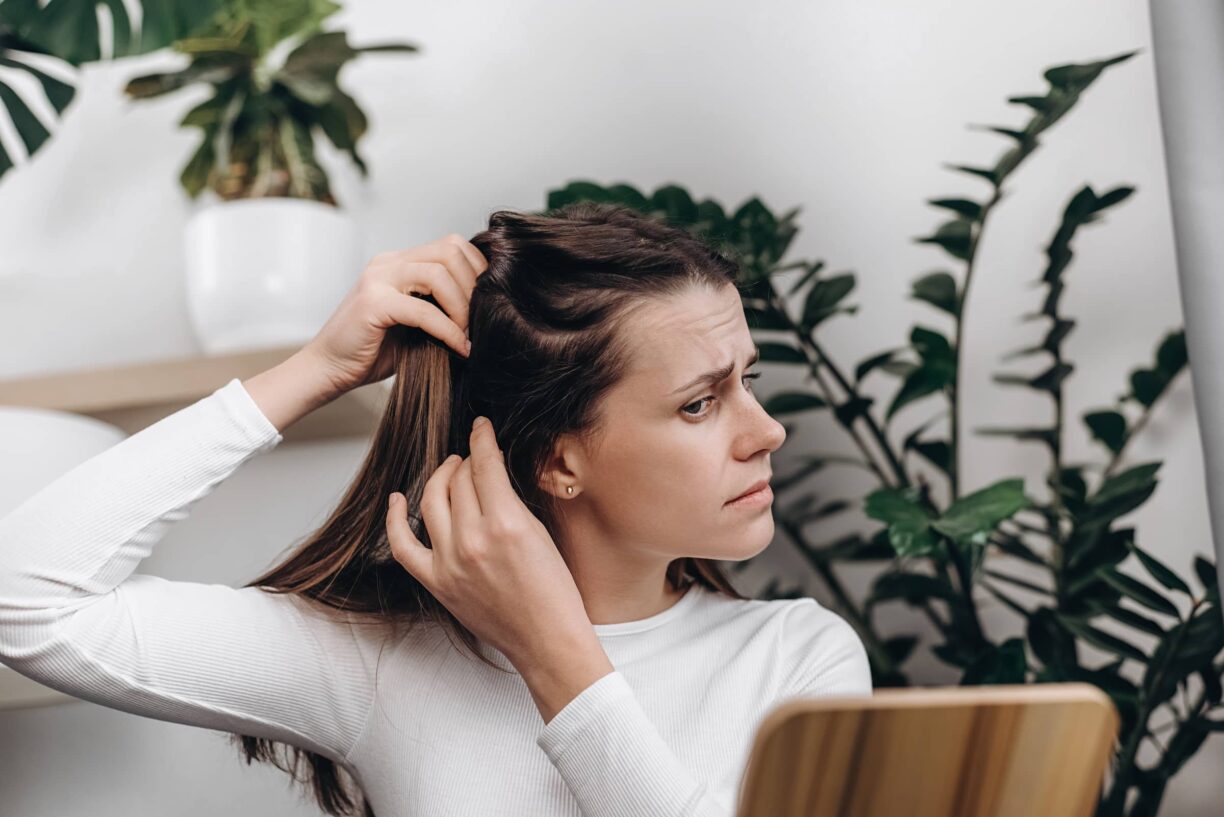We’ve all been there. Halfway through a particularly trying morning – or just any given Monday – you decide to deploy the old reward system tactic on yourself.
“Get through this and I will treat you to your favourite lunch,” you tell yourself, sparking enough gusto to power through the rest of the morning’s tasks.
By the time lunchtime rolls around, you’re positively vibrating with excitement.
Isn’t it funny how the thought of a massive freshly baked baguette stuffed with all your favourite fillings and sauces can supercharge your morning and yet land like an anaesthesia-torpedo in the afternoon?
Yes, as delicious as that lunch was, and as empowering as the thought of it was to get you through your morning grind, you’re now stuck with the dreaded afternoon crash.
You can’t dive onto your memory foam spring mattress for that blissful kip for a few hours yet, so until that time, let’s take a look at our lunches and flush out the sleep-inducing ingredients to avoid at lunchtime.
Beth Riley, Content Manager, at mattresses company: OTTY Sleep offers her insights, to help you stay alert and productive at your desk, beyond your lunch break.
Why do I get sleepy after I eat?
You might be wondering why you even get post-lunchtime drowsiness at all.
Frankly, given the four coffees you had a few hours ago, your brain has a bit of a cheek to start shutting down after your reward feast.
Well, it’s all to do with chemistry – don’t fall asleep on us, now! We’ll be quick.
Protein-rich foods contain an amino acid called tryptophan. This amino acid helps the body to produce serotonin, a chemical which regulates mood and sleep cycles. Meanwhile, carbohydrates help your body absorb tryptophan.
So, if you’re eating a protein-and-carb lunch, your body will be producing more serotonin and absorbing it to boot. Together, these variables form the culprit behind your after-lunch struggles.
Examining the UK’s favourite lunches
Now, the question is – are our lunches usually protein-and-carb affairs? It turns out, yes, they are – according to research by Deliveroo, UK workers tend to opt for the same lunches every day, and our top ten favourite lunches aren’t particularly varied either.
Five top spots are taken by sandwiches and wraps (ham, cheese, tuna mayo, egg mayo, and spicy chicken wraps), and the remaining five winners are jacket potatoes with filling, fish and chips, leftover pasta, superfood salads, and Caesar salads.
Other than potentially the superfood salad, every single item on the top 10 list features carb- and protein-rich foods.
With 50% of the score being for sarnies, we delved a little deeper and uncovered the UK’s favourite sandwich fillings from 2020.
According to HR News, they are:
- Chicken
- Ham
- Cheese
- Seafood
- Egg
- Meat feast
- Falafel
- Houmous
- Duck
- Breakfast
Shockingly, every single one of these fillings has a sleep-inducing element to them!
Poultry, such as chicken and duck, is noted to be rich in protein and therefore in tryptophan.
So too are fan-favourites cheese, seafoods such as salmon, and egg. Falafel and humous send folks to the land of nod thanks to chickpeas, which contain melatonin-making vitamin B6 (melatonin being another chemical that makes us sleepy).
Of course, ham and “meat feast” sarnies have red meat in them, which are known to be protein rich and, you guessed it, encourage the production of tryptophan.
All of that before we even consider the bread – high-carb white bread pairs up with these tryptophan-producing ingredients to help the body absorb it all, creating that difficult afternoon lull.
What should I eat to stay alert after lunch?
Let’s face it, no one likes being told what not to eat. It just makes you want to eat it more. So instead, let’s take a look at some better options for lunch that will keep you alert throughout the day!
Luckily, our go-to favourite lunches did include one or two salads. Salads are a great way to stay chipper after lunch; all those raw veggies, such as carrots and celery, keep you energised and take a while to digest, keeping you awake.
Add in some tomatoes for a hit of tyramine – this encourages your brain to wake up and focus!
Alternatively, have you ever tried watermelon in a salad? With its high-water content, watermelon will hydrate you to stave off the sleepy 2pm energy drop.
Go beyond food
It’s not just what you eat at lunchtime that helps battle the bleary-eyed blight. While eating a veggie-and-fruit based meal over a protein-and-carb overload will help add to your energy levels, how you spend your lunchtime can also help.
Be sure to step away from your desk. Taking your lunch at your desk is no fun, and your eyes need a break from the computer screen every once in a while, or they’ll become fatigued regardless of what you’re eating.
Take the chance to stand up, stretch, go for a little walk, and physically wake your body up!
If you’re really struggling, a splash of cold water to the face will perk your up.
With so many nerves sparking on your face, a shock like cold water causes your body to release a hormone called noradrenaline, which energises you! Wearing makeup? Run your wrists under cold water for the same effect.
A final secret weapon against the after-lunch lull? Keep a packet of chewing gum on your desk.
Studies have shown that chewing gum can help stave off drowsiness even after a bad night’s sleep.
In one study, chewing gum showed a positive impact on attention in 64 per cent of participants.
Eat smart and use your lunchtime wisely, and you’ll have no problem smashing your afternoon goals!
By the time you head home to bed, you’ll have really earned that blissful snuggle-down under the covers.





